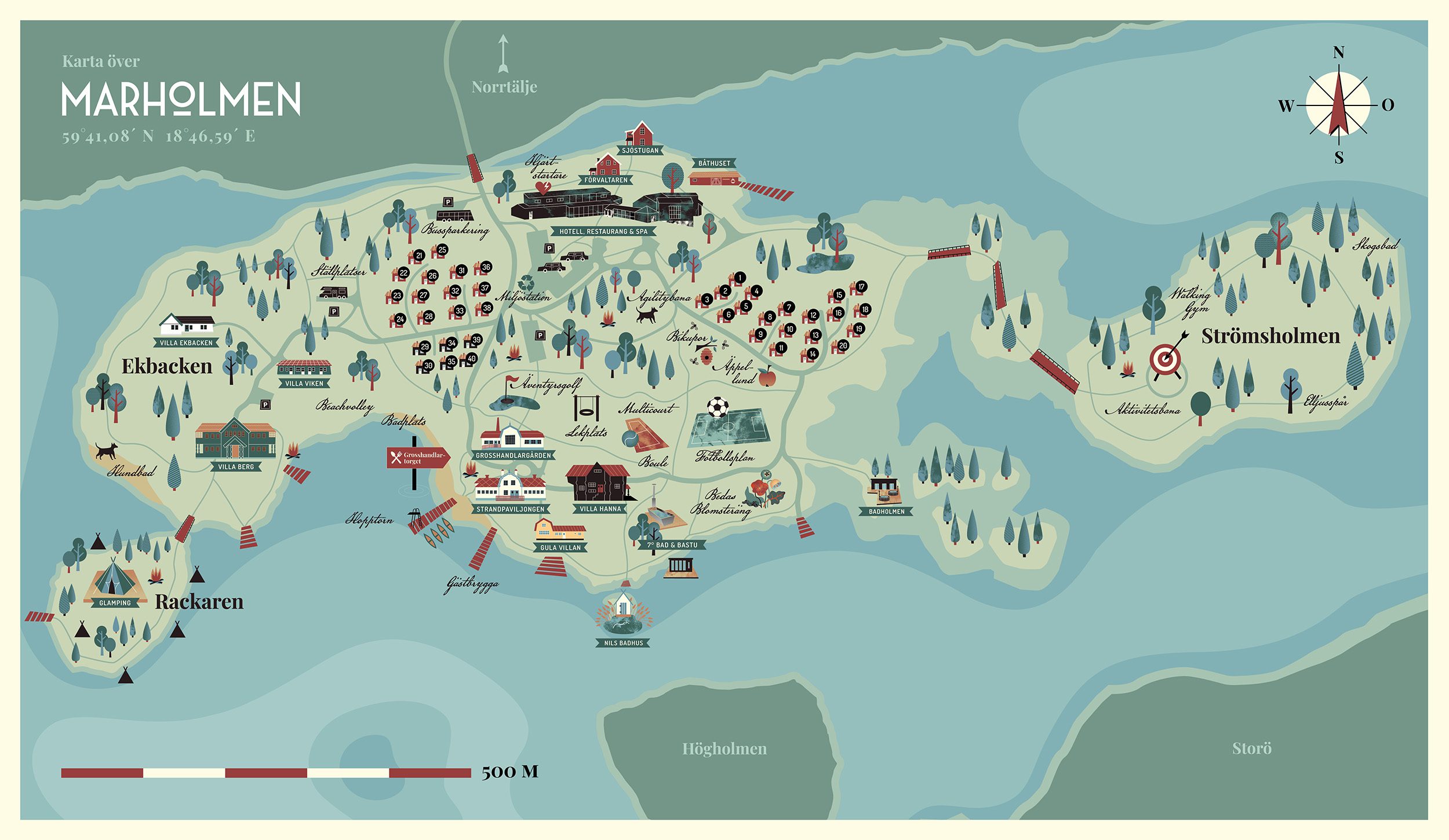
Marholmen invests in locally grown cut flowers
Bedas flower bed - beautiful, sustainable and environmentally friendly
In the spring, Marholmen establishes its own flower gardens. This will make them self-sufficient in cut flowers for year-round decoration and allow them to offer activities such as flower arranging and self-picking. The initiative is also really good for the environment; it increases biodiversity and Marholmen can stop buying imported cut flowers.
Marholmen's local flower supplier Kärodlat is currently planting the "Bedas flower meadow" on the island, as part of Marholmen's ongoing sustainability efforts. The new flower meadow means that Marholmen will be self-sufficient in cut flowers all year round and can completely stop buying imported flowers. The cultivation is of course without pesticides and fertilizers.
The new initiative also means that Marholmen can offer activities based on cultivation, such as courses in arranging flowers in a vase and flower binding, as well as self-picking.
- Through our local cultivation, we can completely opt out of the global flower industry's chemical use, high water consumption and long transportation. We can decorate the entire facility all year round with beautiful flowers that grow naturally here on Marholmen, while increasing biodiversity here on the island," says Marholmen's CEO Fredrik Utheim.
Flower decoration that follows the cycle of the year
When Sara creates Marholmen's flower decorations, she works with fresh flowers from the gardens from June to October, and the rest of the year with dried flowers, year-round greenery and things that can be found in nature.
- There are so many beautiful flowers that can be grown locally here in Sweden, and I don't see the point of importing. The season starts with tulips, daffodils and wild raspberry, wild honeysuckle, moonbeam, hazel and early perennials, and then it rolls on with ranunculus and anemones, the anuals such as larkspur, snapdragon, zinnia, summer mallow, asters, pansies, amaranths, rose hips and eternelles, etc. In early August, the garden's prima donna, the dahlia, arrives. Something we all look forward to!" says Sara Lewell, Kärodlat Roslagen.
Photographer: Mia Lewell
